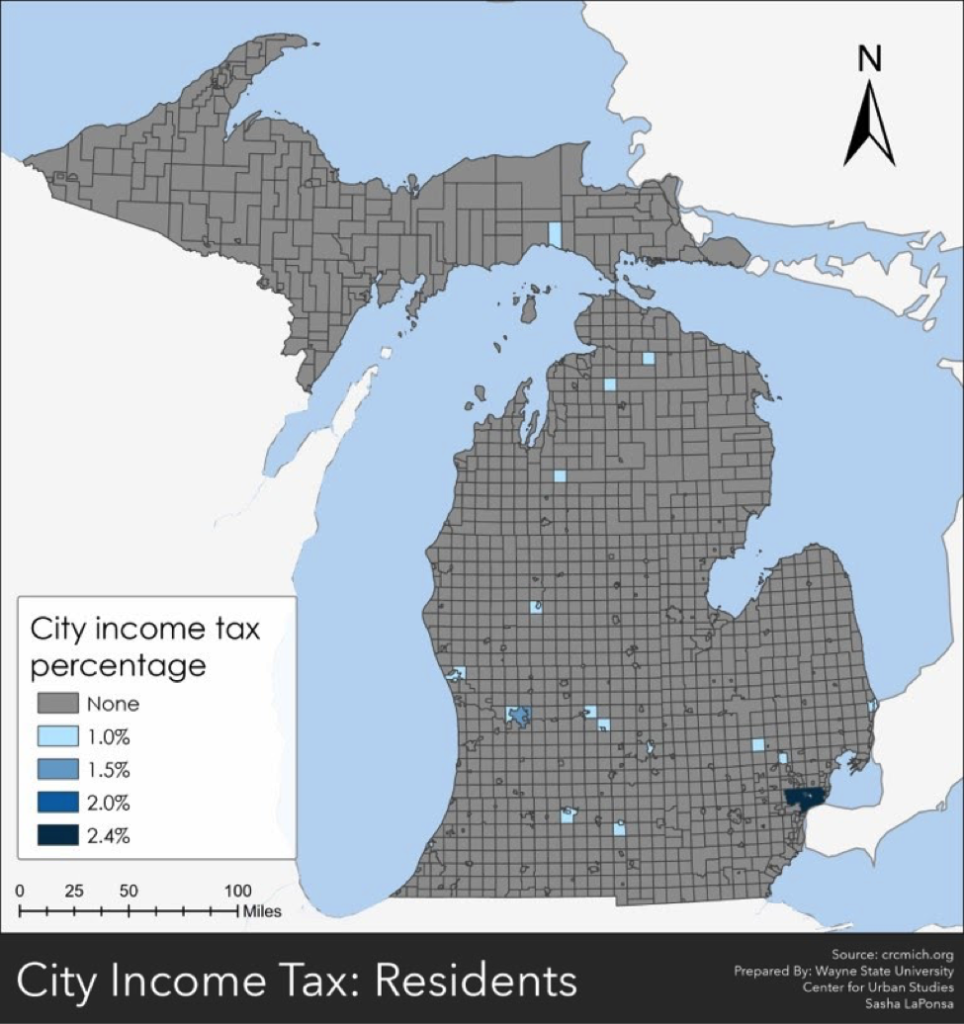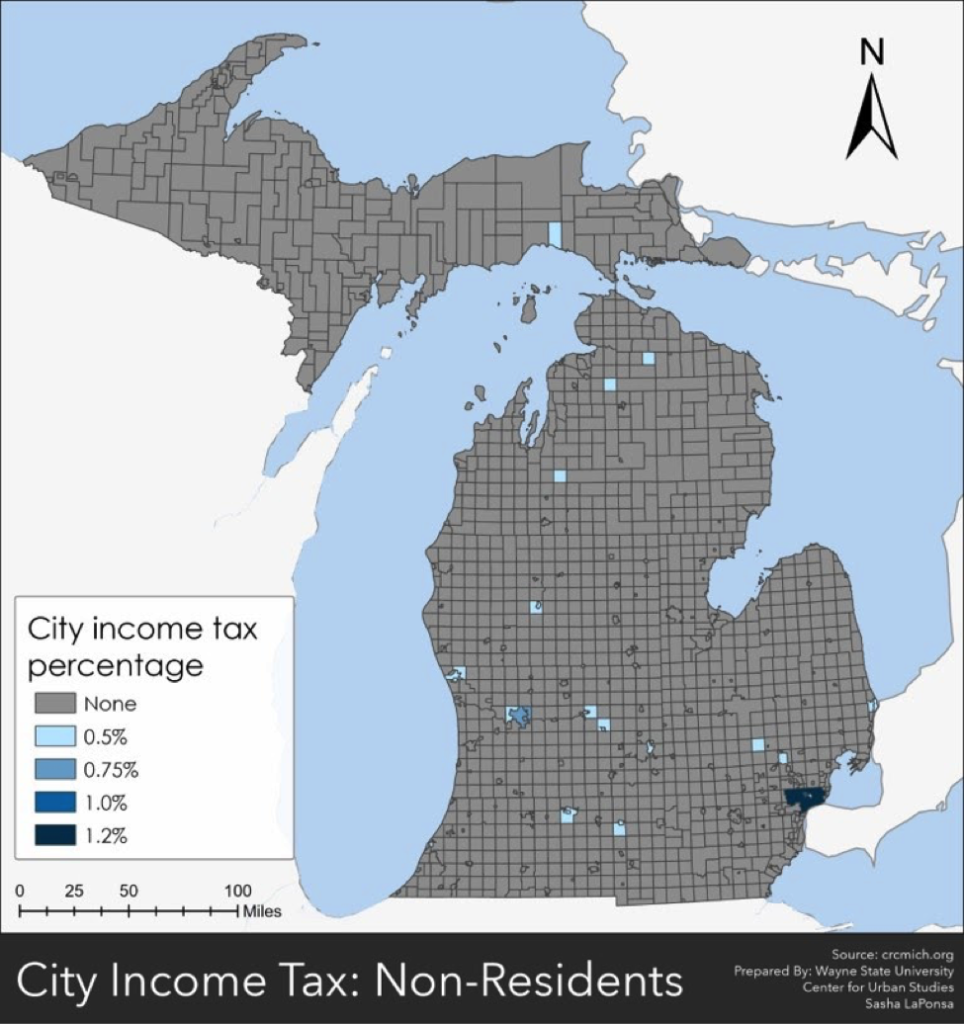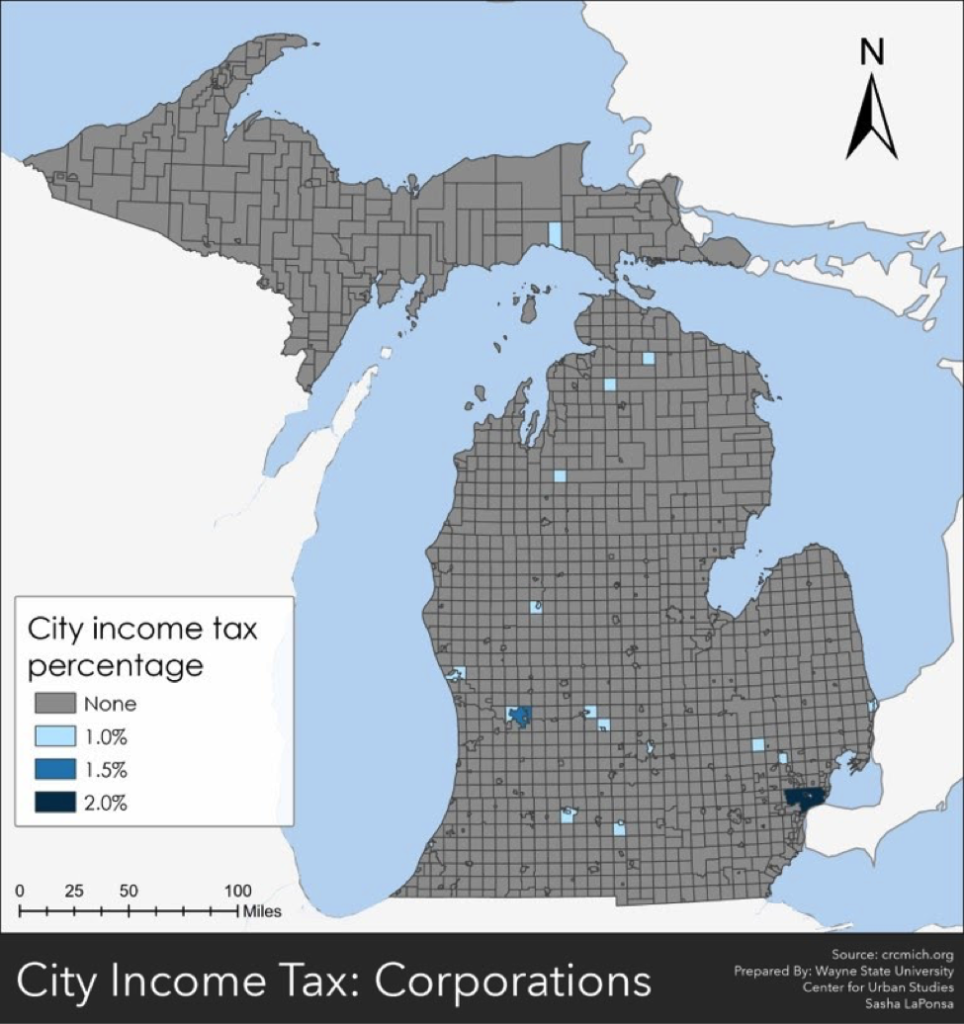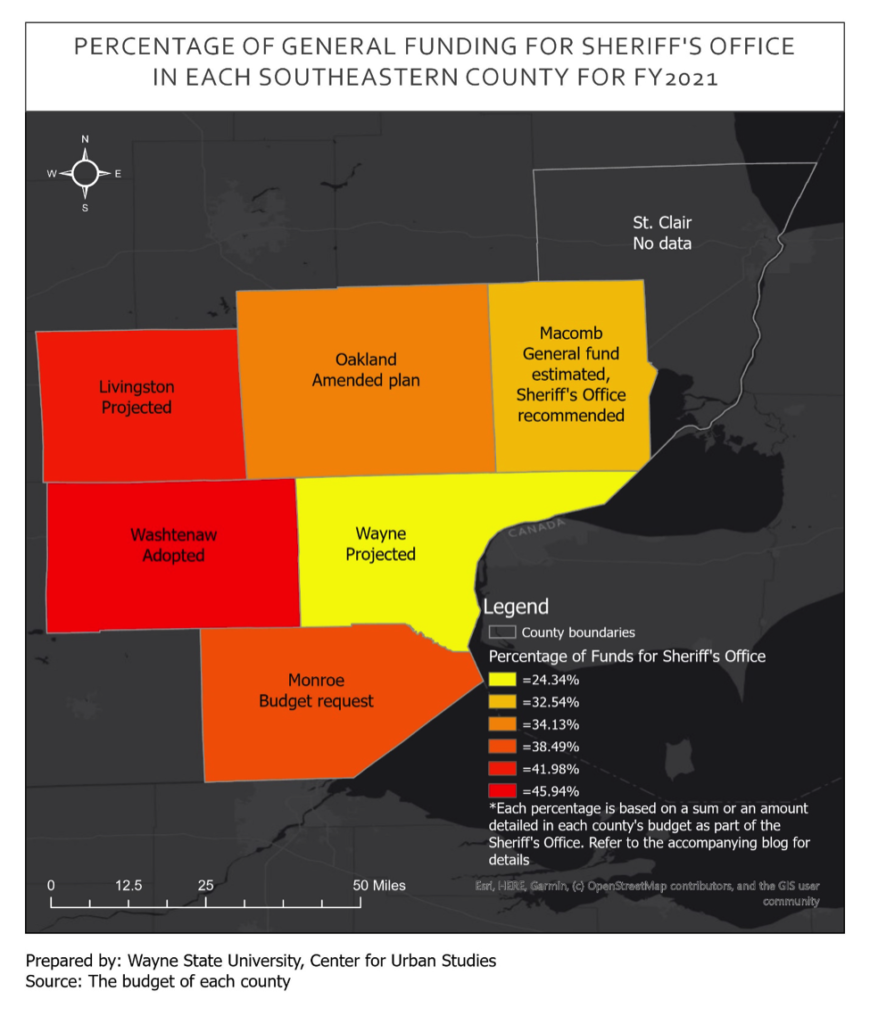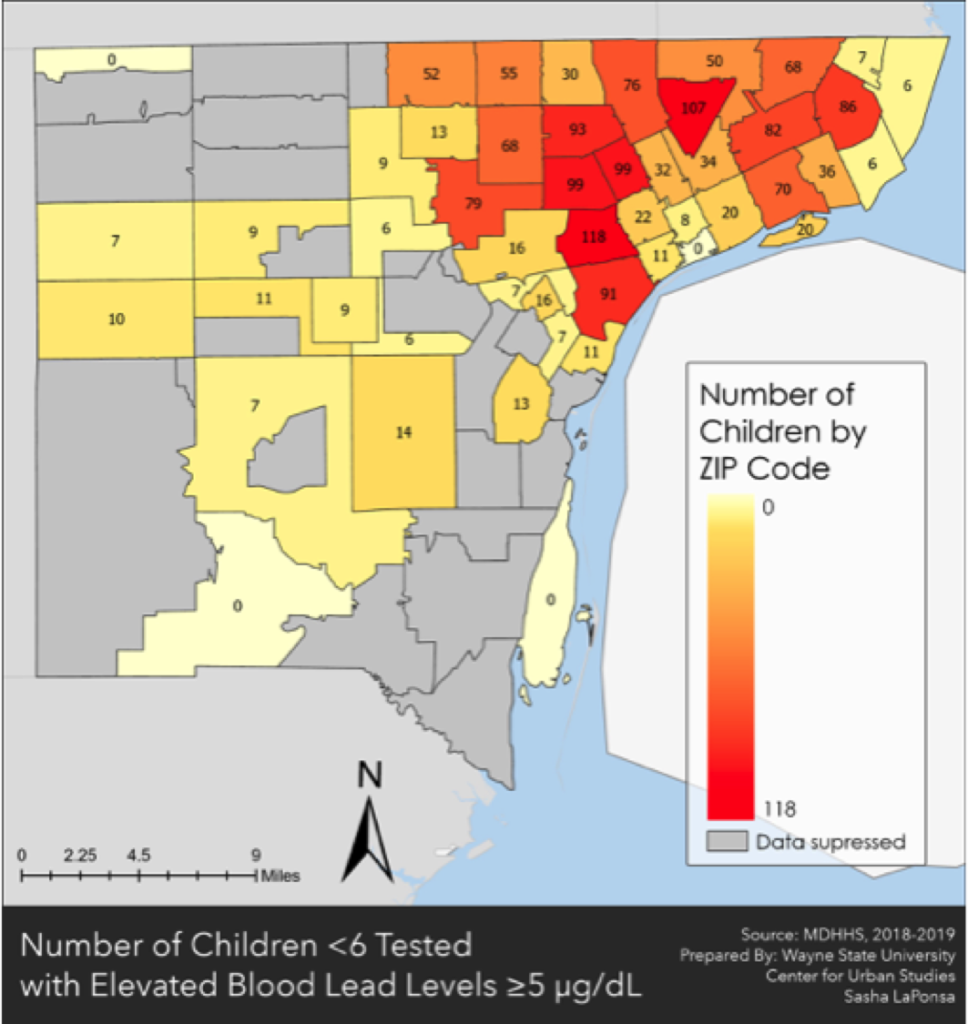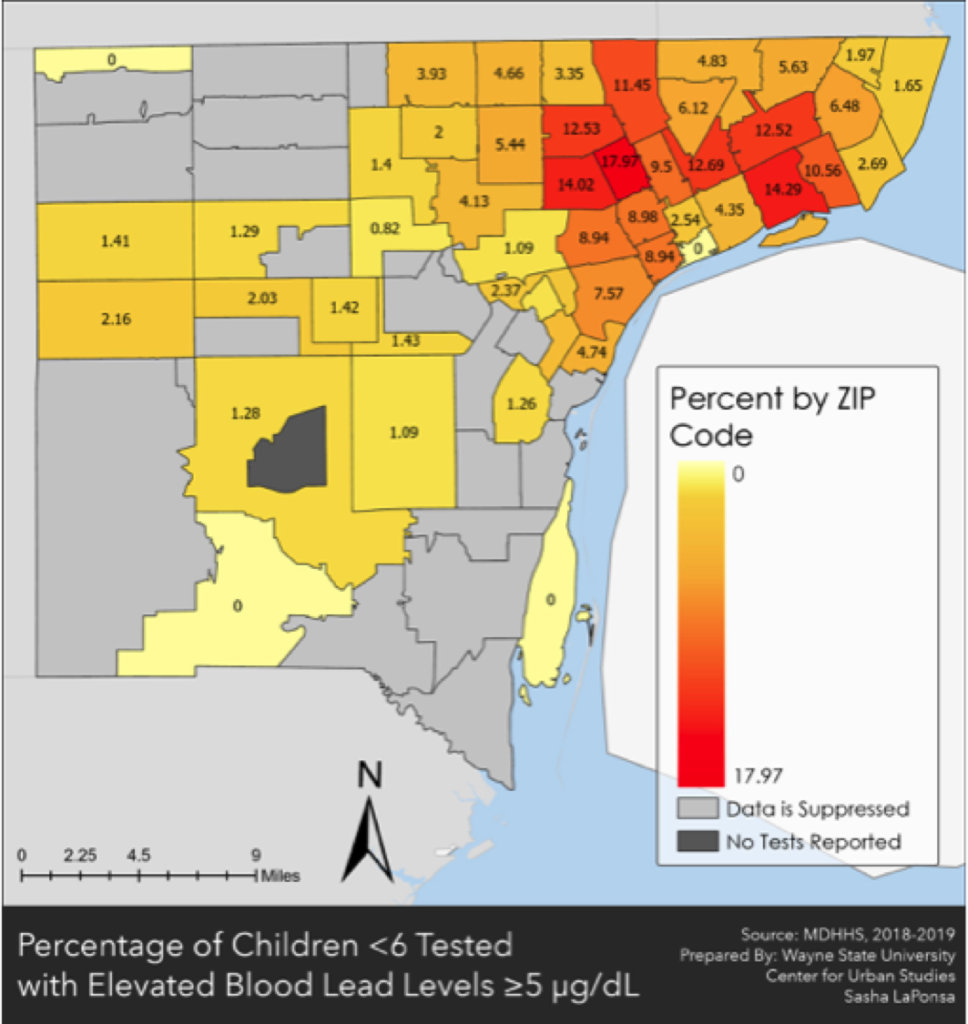The Presidential Election is nearly two weeks away and according to FiveThirtyEight.com, a website focused on polling analysis, Presidential Democratic nominee Joe Biden is currently 7.6 points ahead in the polls over President Donald Trump, the Republic candidate running for re-election. Furthermore, the website predicts that Biden will win the state of Michigan. However, it was just a little over four years ago that Trump won the State of Michigan, turning a formerly blue state red. Trump won over then Democratic nominee Hillary Clinton by 0.23 percent of the popular vote. Overall, Trump took 47.5 percent of the total votes and Clinton took 47.3 percent of the vote. In 2012 though President Barack Obama, the then Democratic candidate up for re-election, won Michigan, helping assure his second term in the White House.
As the election nears we find it important to show you what areas in Southeastern Michigan voted for the Republican and Democratic nominees in both 2012 and 2016 and what areas flipped between those two elections. In the 2016 map we see that Detroit and its inner-ring suburbs (Ferndale, Royal Oak, parts of Warren, etc.), along with Ann Arbor and its surrounding cities to the east and west, had Clinton as the winning candidate. There was also a pocket in the City of Monroe that went to Clinton. However, a large share of the region went to Trump, including all of Livingston and St. Clair counties and majority of Macomb and nearly all of Monroe counties. Of course, Macomb County made national news as a strong reason why Michigan went to Trump in the 2016 election. Monroe County also made a significant switch between 2012 and 2016.

In 2012 we know that the State of Michigan went to Obama and that majority of the popular vote in Southeastern Michigan did the same. For example, in Macomb County 47.5 percent of the vote went to then Republican nominee Mitt Romney and 51.5 percent went to Obama, according to the election results. In Wayne County 73 percent of the vote went to Obama while 26 percent went to Romney, according to election results. For Oakland County in 2012 then-Republican nominee (Romney) received 45 percent of the vote and the Democratic nominee (Obama) received 54 percent of the vote, according to county election results.


Now, when comparing the 2012 and 2016 results Macomb and Monroe counties are the two to focus on because of their flips between the last two elections. When drilling down into Macomb County we see that the central portion of Sterling Heights, the northern portion of Warren, majority of St. Clair Shores and pockets of precincts in Lenox, Chesterfield, Clinton, Harrison, Richmond and Shelby townships and in the cities of Fraser, Utica and Roseville flipped from Democratic to Republican precincts between the 2012 and 2016 elections. There was not one precinct in Macomb County that switched from Republican to Democrat between the 2012 and 2016 elections, according to county election results. Overall, in 2016 53.6 percent of the vote went to Trump in Macomb County while in 2012 47.5 percent of the vote went to then Republican nominee Romney, according to the election results. In Monroe County we see that the city of Monroe and Dundee, London, Erie, Exeter, Berlin and Rainsville townships switched from Democratic in 2012 to Republican in 2016. Similar to Macomb, there were no precincts in Monroe County that had the reverse switch, going from Republican in 2012 to Democratic in 2016. In Monroe County in 2016 58.4 percent of the votes went to Trump, according to the election results.

For Wayne County, while overall it went to Clinton in 2016 nearly all of the Downriver region (Trenton, Woodhaven, Flat Rock, Gibraltar, Rockwood, Brownstown, Riverview and portions of Wyandotte, Southgate, Taylor and Allen Park) switched from voting Democratic in the 2012 election to going for the Republican Presidential nominee (Trump) in 2016. Additionally, all of Garden City made that switch, as did portions of Huron, Sumpter and Van Buren townships, along with areas in Westland, Romulus and Livonia. Overall in Wayne County in 2016, 66 percent of the vote went to Democratic nominee Clinton and 29 percent went to Trump, according to the official Wayne County election results.

In Oakland County, overall, 44 percent of the voters voted for the Republican nominee (Trump) and 52 percent voted for the Democratic nominee (Clinton) in 2016, according to county elections results. In 2016, there were pockets of precincts-primarily in the Bloomfield-Birmingham area-that switched from Republican to Democratic and Birmingham made that switch nearly in its entirety.

Washtenaw County, unlike Macomb and Monroe counties, had several precincts in 2016 that switched from being Republican in 2012 to being Democratic in 2016. All precincts in Lima and Sylvan townships switched from Republican in 2012 to Democratic in 2016, and about half of the precincts in Dexter and Lodi townships did the same. Augusta and Lyndon townships did the opposite, switching from Democratic to Republican between the two elections.
Of course, while this data and the accompanying maps show the results of the 2012 and 2016 Presidential elections for Southeastern Michigan, for the upcoming election nothing will be decided until at least Nov. 3. It is our right and our duty to vote for the next president, and each and every vote matters.






